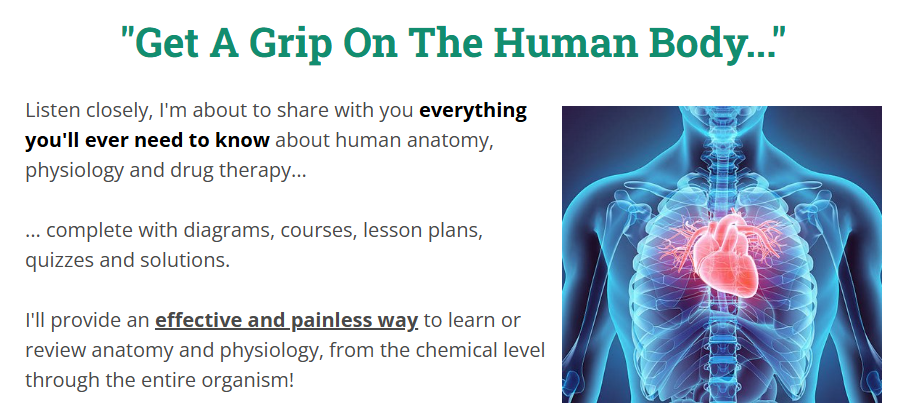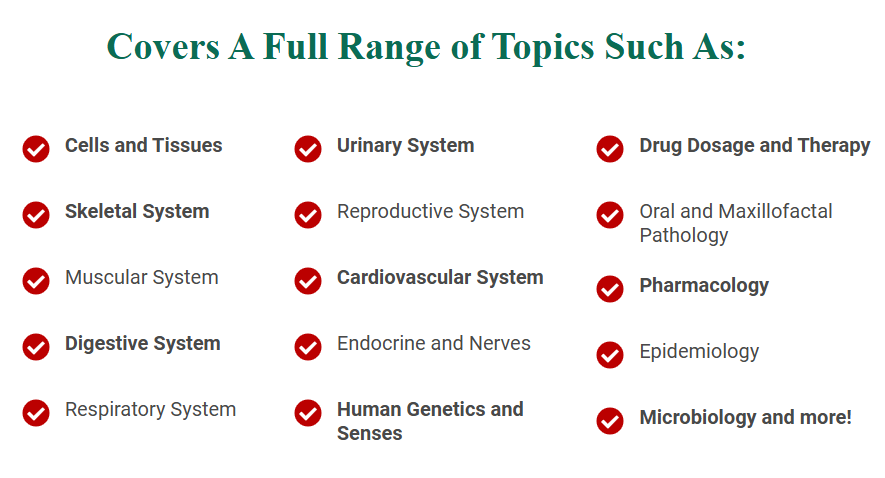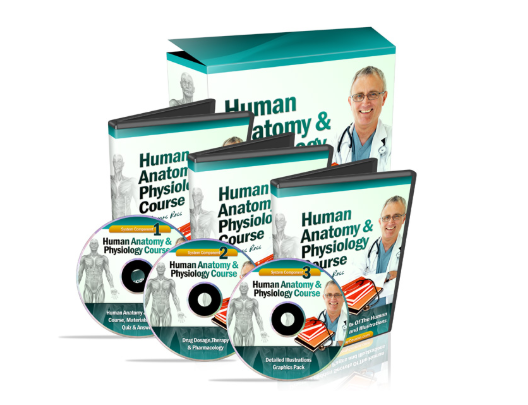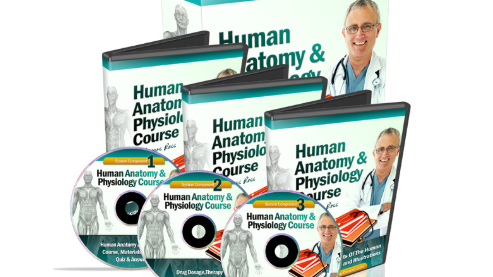The Marvel of Human Design
The human body stands as a remarkable testament to evolutionary ingenuity, comprised of countless intricate structures that work synergistically to sustain life. At the core of this marvel is the skeletal system, which not only provides the framework for our bodies but also protects vital organs and facilitates movement. Composed of 206 bones in adults, the skeletal system exemplifies resilience—capable of healing and remodeling itself in response to stress and injury.

Connected to the skeletal system is the muscular system, characterized by over 600 muscles that enable motion and maintain posture. These muscles work in precise coordination, allowing for both involuntary actions and conscious movements. The interplay between bones and muscles illustrates the brilliance of human anatomy, as it demonstrates how various systems contribute to our overall functionality. Beyond facilitating movement, the muscular system plays a critical role in metabolism and energy expenditure, making it an essential component for maintaining a healthy lifestyle.
Moreover, the intricacy extends to the circulatory system, which efficiently pumps blood throughout the body, delivering essential nutrients and oxygen to every cell. This network, comprising the heart, blood vessels, and capillaries, showcases the elegance of human engineering, ensuring that each part of the body receives what it needs to thrive. Complementing this is the respiratory system, which permits gas exchange and maintains pH balance by supplying oxygen and removing carbon dioxide. Together, these systems exemplify the harmony required for sustaining life.


In understanding our anatomy, we begin to appreciate the resilience of our bodies. This knowledge empowers us to foster respect for our well-being, acknowledging the importance of maintaining the intricate balance that is essential for optimal health. Engaging with our physical form not only inspires motivation but also cultivates a profound connection to the very essence of being human.
Strength in Our Bones and Muscles
Our skeletal and muscular systems form the foundation of our physical capabilities, playing crucial roles in enabling movement, proper balance, and overall body support. The bones, comprising the intricate framework of the body, provide not only structure but also protect vital organs and store essential minerals such as calcium. This structure ensures that we can stand tall, bear weight, and engage in various activities critical to our daily lives. The resilience of our bones is remarkable; they possess the ability to adapt and strengthen in response to the stresses placed upon them, highlighting the importance of physical activity.
Equally vital are our muscles, which facilitate movement and endurance. Muscles work in tandem with bones to enable actions ranging from simple daily tasks, such as walking and lifting objects, to more strenuous activities like sports and fitness regimes. Each muscle fiber is capable of remarkable endurance and strength, allowing individuals to push through challenges and elevate their physical performance. Consider the experience of athletes who train relentlessly, often sharing that their physical prowess stems from a combination of mental fortitude and robust musculoskeletal health. Their success stories illustrate that with commitment and perseverance, we can enhance our physical strength and resilience.

Moreover, personal anecdotes abound regarding the power of our bones and muscles in overcoming failure and adversity. For example, individuals who have faced physical disabilities or injuries often recount how rehabilitation strengthened not only their bodies but also their resolve. Engaging in targeted exercises has allowed many to reclaim their lives, adapt to physical limitations, and inspire others to pursue their own paths toward empowerment. This journey through our anatomy illustrates that the strength inherent within our bones and muscles is not merely a physiological advantage but also a source of motivation for anyone facing personal trials.
The Power of Our Organs: Champions of Survival
Human anatomy is a remarkable tapestry of resilience, showcasing organs that are not only vital for survival but also exemplify adaptability and strength. Among these, the heart serves as a powerful symbol of life, tirelessly pumping blood to sustain every cell in the body. It endures the challenges posed by stress, illness, and physical exertion, reflecting an incredible capacity for recovery and endurance. The heart’s ability to adapt to external pressures highlights the importance of cardiovascular health and the need for proactive measures such as regular exercise and a balanced diet, which can significantly enhance its efficiency.

Equally significant are the lungs, organs that allow us to harness the essential element of life—oxygen. They are remarkably adaptive structures, capable of adjusting to varying environmental conditions, such as altitude and air quality. This adaptability is further illustrated by individuals who have overcome respiratory challenges, demonstrating that with determination and support, one can regain health and vitality. Breathing exercises, mindfulness, and aerobic activities can help strengthen lung function, underscoring the importance of proactive lung health.
The brain stands as the control center of the human body, governing not only physiological functions but also emotional and cognitive responses. Its incredible plasticity allows it to recover from injuries and adapt to new experiences throughout life. Inspirational stories abound of those who have faced neurological challenges yet emerged triumphantly, often thanks to a combination of medical intervention and personal resilience. These narratives serve as a reminder that the brain’s capabilities extend beyond mere survival; it is a testament to the human spirit’s ability to thrive despite adversity.
In recognizing the vital roles played by these organs, individuals can gain a deeper appreciation for their health. Realizing that one’s body is equipped with remarkable tools for survival encourages a proactive approach to wellbeing—an invitation to cherish and nurture the very organs that demonstrate the essence of resilience.
Emotional and Mental Resilience: The Mind-Body Connection


The relationship between emotional and mental resilience and human anatomy is profound, particularly when considering the roles of the brain and nervous system. The brain acts as the control center for not just our thoughts, but also our emotions. It processes and responds to stressors through various neural pathways, thus influencing how we perceive and handle challenges. The autonomic nervous system, which regulates bodily functions, plays a crucial role in mediating our emotional responses. It comprises the sympathetic nervous system, responsible for the fight-or-flight response, and the parasympathetic nervous system, which facilitates relaxation and recovery. A balanced interaction between these systems is essential in managing stress and enhancing overall resilience.
Understanding this mind-body connection is vital for developing effective strategies for emotional and mental well-being. The impact of physical health on mental states cannot be understated. For instance, poor nutrition, lack of physical activity, and inadequate sleep can lead to heightened stress responses and vulnerability to mental health issues. Conversely, engaging in regular physical exercise has been shown to reduce anxiety and depression, supporting the notion that nurturing both body and mind contributes to resilience.


Incorporating mindfulness practices into daily routines can serve as a powerful tool for enhancing emotional regulation. Mindfulness encourages individuals to cultivate an awareness of their thoughts and feelings, allowing for a more measured response to stressful situations. Additionally, self-care practices, such as meditation, yoga, and sufficient rest, foster an environment where the brain and nervous system can function optimally, thus promoting a healthier emotional state. Taking a holistic approach that recognizes the interconnectedness of physical and mental health is essential in the journey toward building resilience. By acknowledging and nurturing this link, individuals can empower themselves to navigate life’s challenges with greater confidence and strength.

